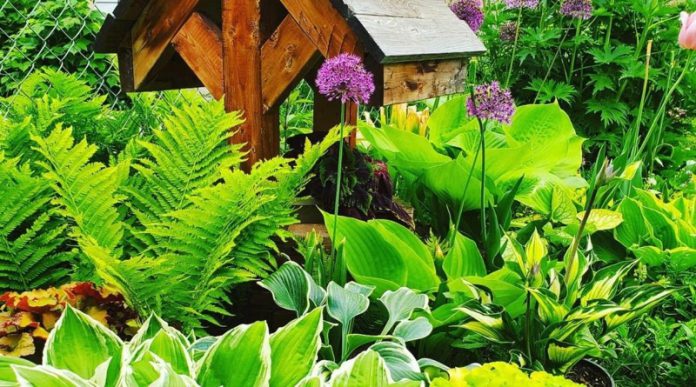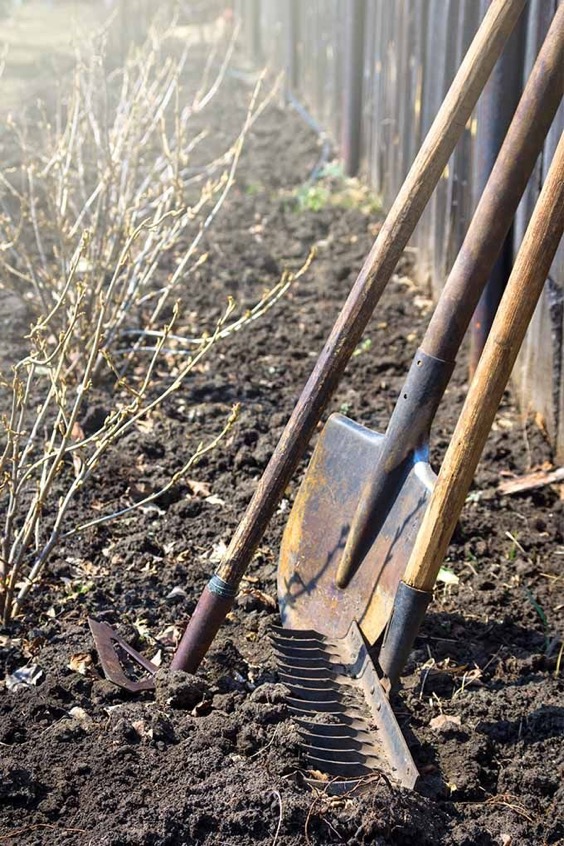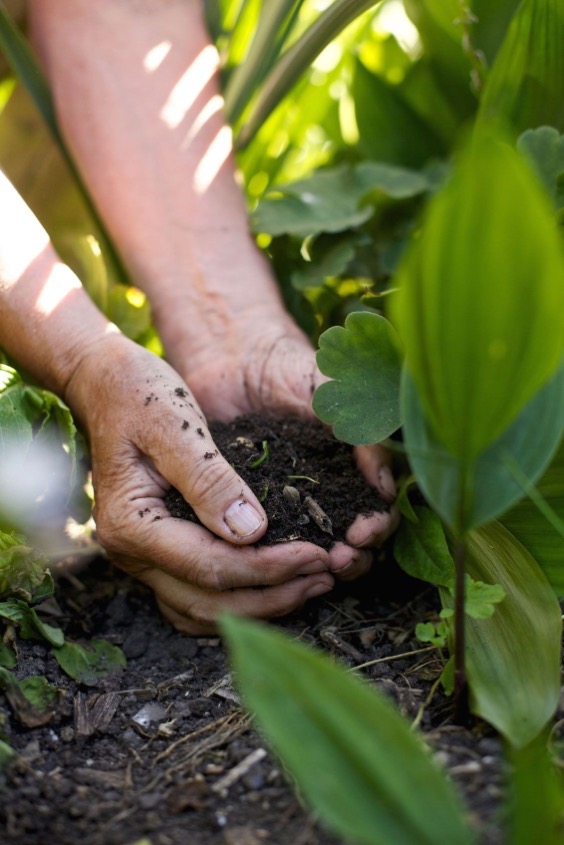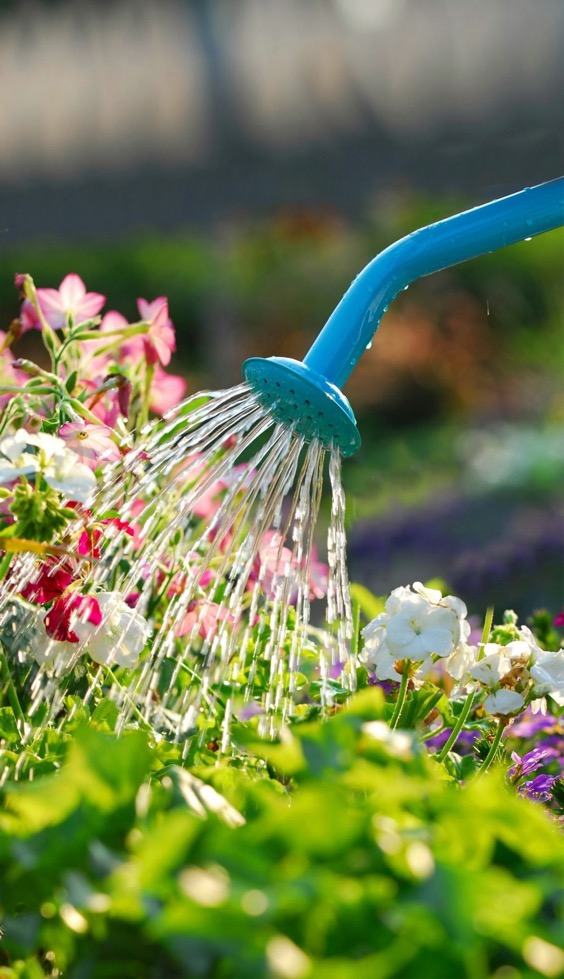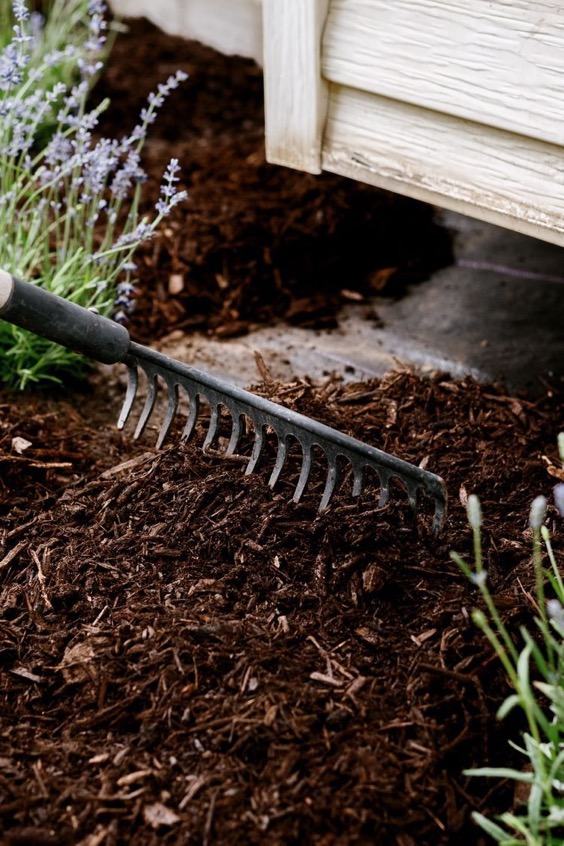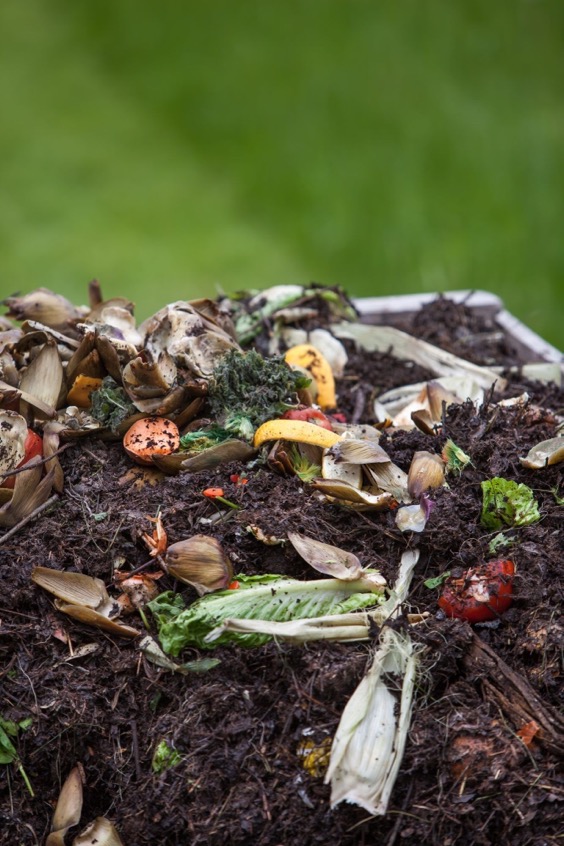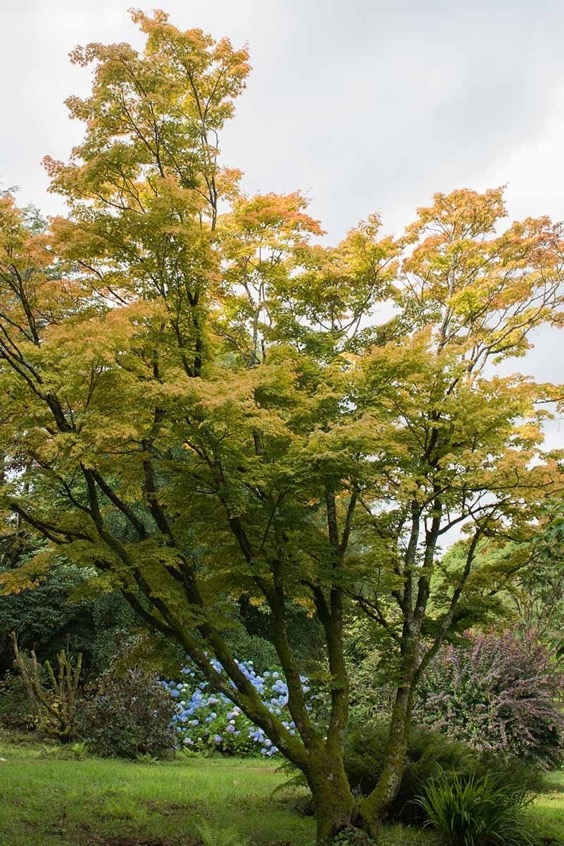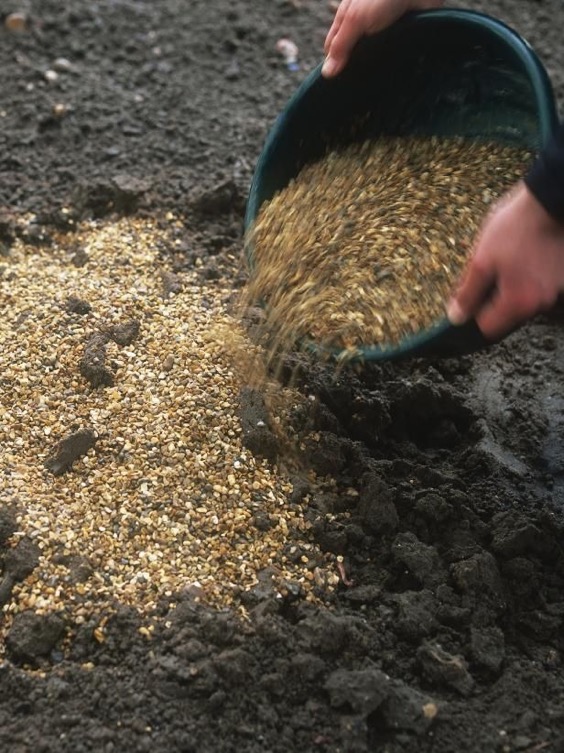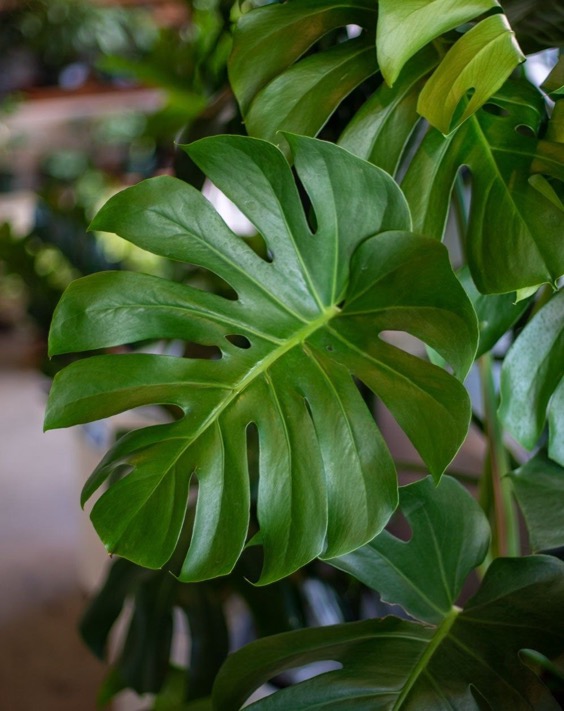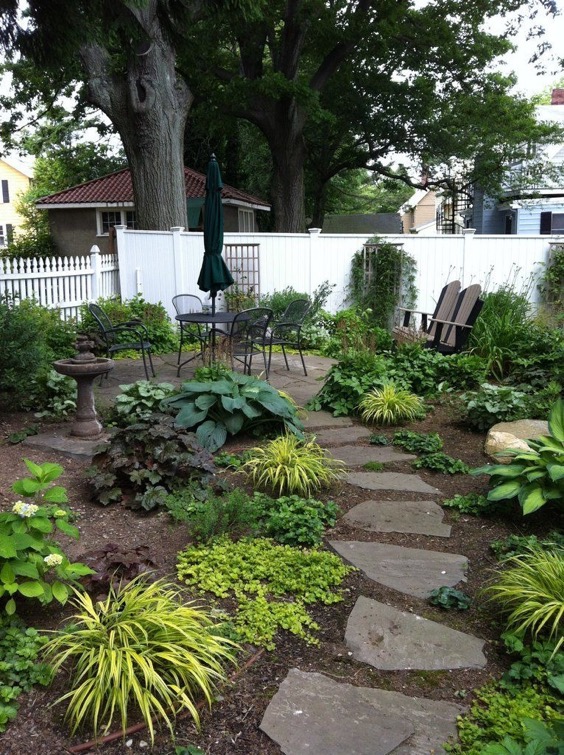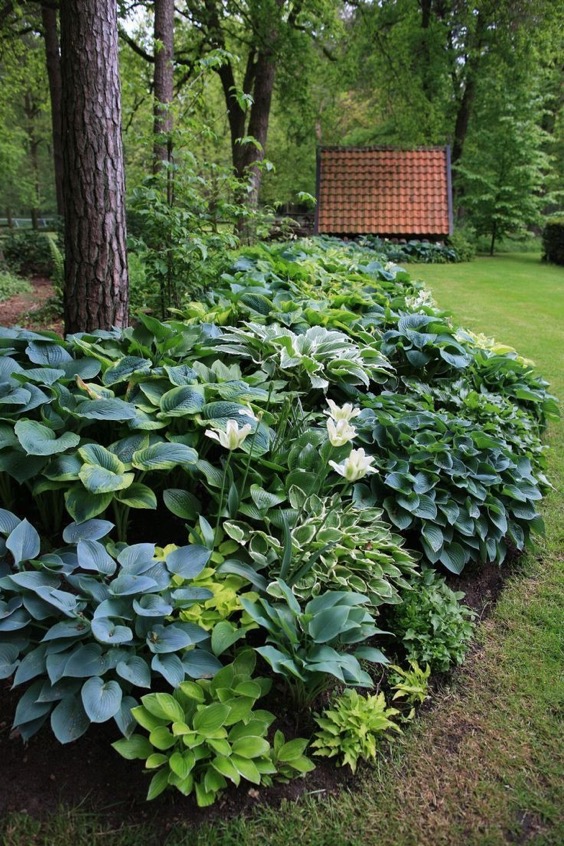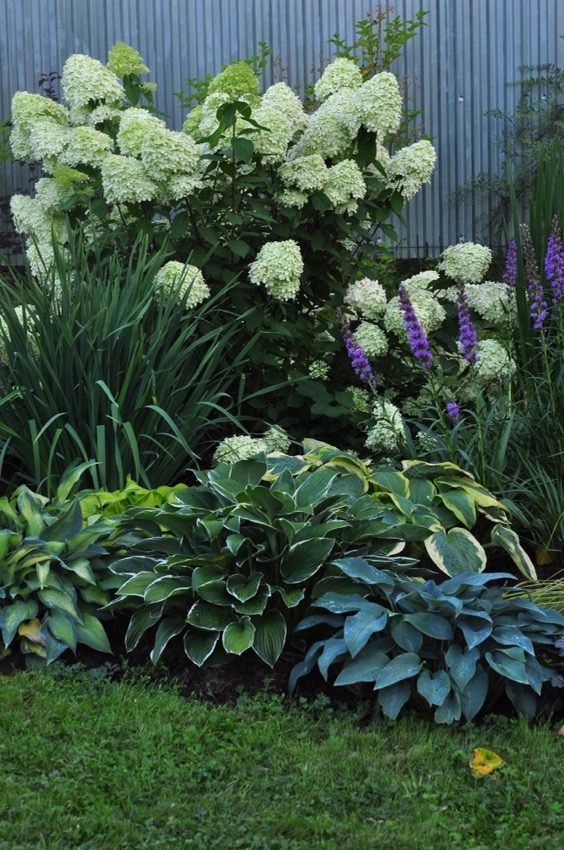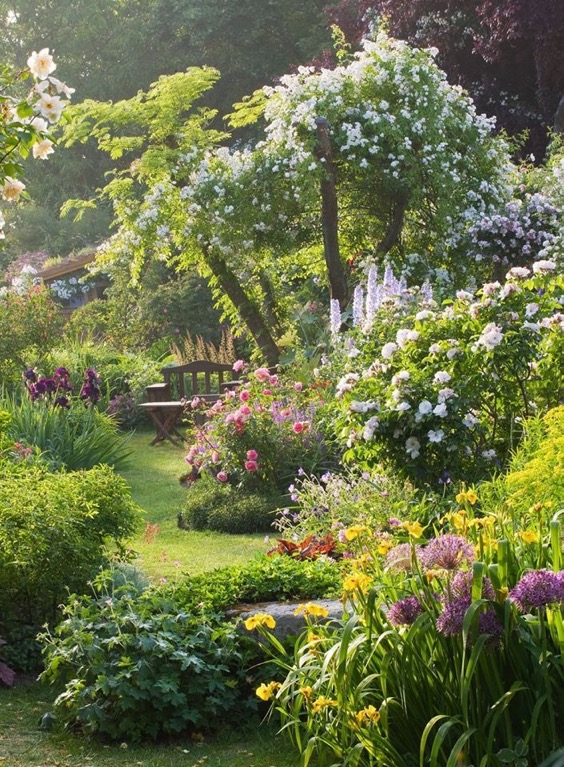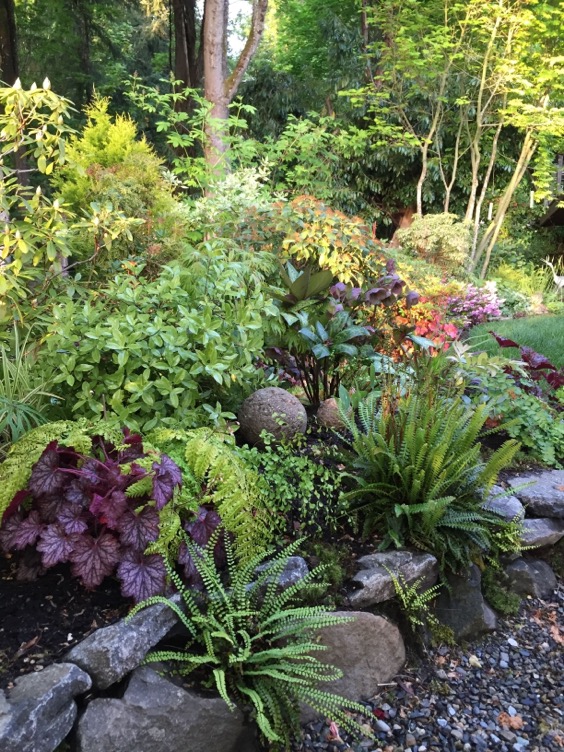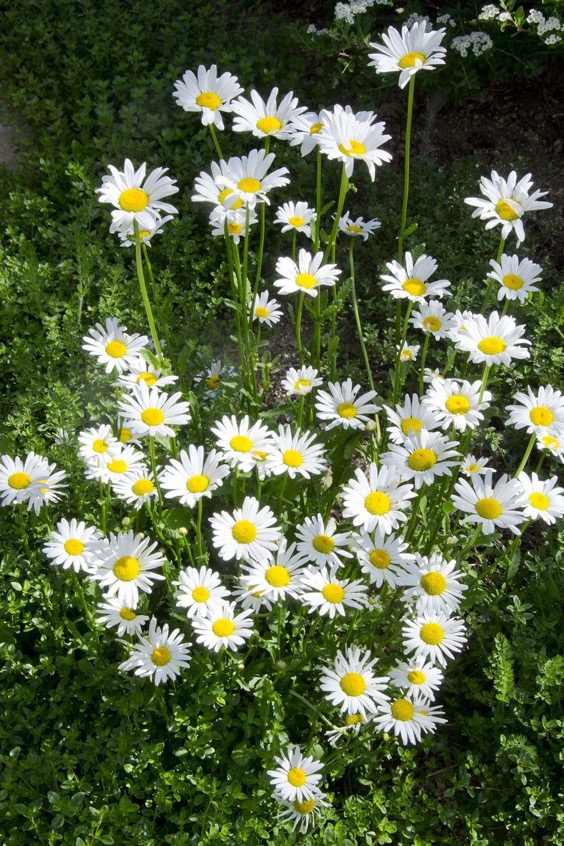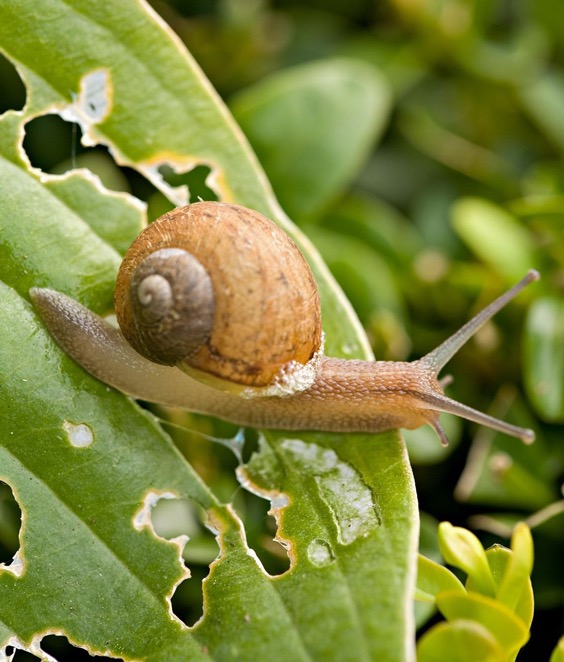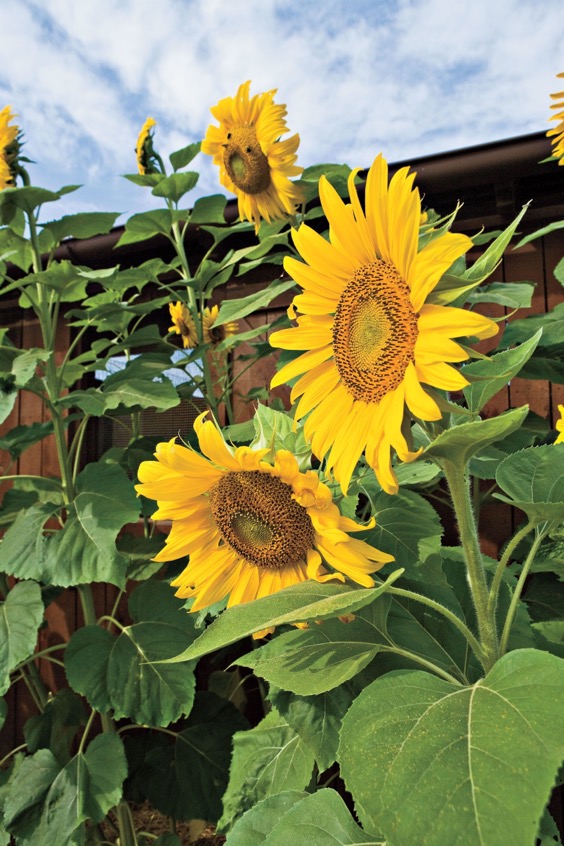jordlinghome.com – Having a garden can invigorate your home exterior. It can be in the front yard or backyard. The garden is more attractive with some shady trees. So, you can enjoy the time in your garden. Besides, this shady garden is an ideal place to grow many plants. You can grow your favorite plants in shade to partial shade. Before growing more plants, ensure to prepare a perfect shady garden. And, through this article, we will give you the effective that will help you a lot. Here are 18 Tips for Perfect Shade Garden and Long-life Plants. So, let’s check it out!
1. Prepare the Soil
Soil is the key to everything. It is an important element to grow plants. As a foundation in your garden, you need to check the quality of the soil. The proper soil will provide a healthy environment for many plants. Some plants grow better in their native conditions. So, it is better to prepare the soil to adapt to the plants’ native.
A shady garden is for shady plants. So, most of them grow in rich, loose, loamy, and humus soil. In addition, this soil should be free-draining, like a common garden. You can start by checking the soil texture, humidity, and its component. If your garden is rocky, you can remove the rocks or use this area to grow some plants that tolerate rocky soil.
1 of 18
2. Improve Soil Nutrients
The next tip is improving the soil. After checking the soil, it is time to improve the soil component. The old soil needs some nutrients to grow new plants. Some gardens have naturally rich soil, so it is nice to create a shady garden without improving the soil.
Otherwise, you need to struggle with soil nutrients, if your garden is poor. The best soil has a fluffy texture and is loose. It contains enough nutrients to stimulate the plants. You can start aerating the soil and add natural fertilizer if your soil is poor. Add some peat moss, coir, compost, or chicken manure. These elements will help you to lose the soil.
2 of 18
3. Moderate Water
Water is a must-have element in the garden. You need to pour enough water into plants in the garden. Besides that, the soil should contain enough water to survive drought conditions. The shade plants do not like drying out. Some shade plants grow near the river bank or streams.
Before pouring water into the garden, ensure that you know the type of soil. If your soil is loamy, it can absorb water perfectly and even reach the plants’ roots. Besides, if you live in a dry climate, then always check your garden soil. The shady plants will show their thirsty leaves, so you can pour water at that time.
3 of 18
4. Mulching the Soil
Mulching the soil is optional, but it helps a lot for humid soil. The shady plants love moist soil. Mulching your garden will protect your plant from drying out. Sometimes, you can mist the topsoil in the afternoon during the hot days. Then, try to put mulch and it will hold the water on the topsoil.
Mulch acts like a sponge. It contains water and slowly releases the water, which directly touches the topsoil. Many natural materials that you can use for mulching. There are hay, pine needles, chopped wood, and peat moss. Besides that, you can grow ground cover to replace the mulching.
4 of 18
5. Add Fertilizer
Fertilizer is also optional for some gardens. It depends on the soil component. A shade garden with rich soil does not need fertilizer. It can grow plants very well. Otherwise, the poor soil needs fertilizer to improve the nutrients. There are chemical fertilizers and organic fertilizers.
Organic fertilizers can boost the soil naturally, such as compost. Sometimes, it gives no bad impact on the soil. You can use chicken manure or compost for natural soil. Besides, chemical fertilizer is also good for certain conditions. Some products are good to enrich the soil and prevent pests.
5 of 18
6. Add Wind Protection
Wind protection is important for a certain shade garden. Some shady gardens with lots of trees are easier to welcome the wind. The strong wind can damage other small plants. Thus, this shady garden needs wind protection. It is better to use wind protection, like a trellis or clutches.
Growing a shrub will create a natural big protection for the smaller plants. Also, you add a trellis or another supporter for your plants. Some plants that need trellis are the trailing and tall grower plants with small stems. So, the wind will not cause big damage to the plants. Besides, ensure that you check the direction of annual wind based on the seasons.
6 of 18
7. Choose Shady Trees
Many types of garden trees that you can choose from. A lush garden needs shady trees in many spots. The Japanese Maple is a shady tree for the yard. First, decide on the garden landscape, whether you need a moderate tree, a high tree, or a short tree. If you want to have a shady garden, then grow more trees. Also, pick a tree that can spread its branches and leaves.
The garden trees also need enough water. Ensure that your pour water every week to maintain the moist soil. Some trees can absorb more soil nutrients, so their roots will run to good soil. Also, you can add fertilizer to garden trees every month. In addition, it is better to grow other plants a bit far from the trees. These plants need space to grow and spread freely.
7 of 18
8. Add Soil for Muddy Areas
A shady garden is identical to moist soil. Sometimes, you may find a muddy area in this garden. The muddy area is hard to grow shady plants. Also, it makes the garden less beautiful. So, you need to fix it by adding soil to this spot.
First, aerate the soil by using a garden shovel. Then, let it be there for a few hours. You can add soil and other nutrients to create a loose texture. Also, you need to fix the drainage issue that stuck the water in that area. Then, do not water the soggy soil for a few days till it drains the water out.
8 of 18
9. Choose Plants That Love Shade
The next tip is choosing the shade plants. The shade plants determine the atmosphere in this garden. You can draw your landscape and where to grow the plants in your shady garden. There are trees, shrubs, flowers, ground covers, trailing plants, and ferns. You can choose the best type that loves shade place.
Besides, choose at least one ground cover that survives a drought condition. This plant makes a natural mulch for your shady garden. Some plants that love shade areas are Lilly of the Valley, Lamium, and Bergenia. Also, grow other plants that grow a big canopy to complete the shady garden.
9 of 18
10. Growing plants in the Right Shade Level
This is an important idea to consider in your shady garden. The shady level in your garden determines the atmosphere to fill the air. The shadier garden brings a cool atmosphere outdoors. Some areas in the garden receive more than 6 hours of sunlight, while another area is less than 6 hours.
Here, you can grow the plants based on their habits. Some plants prefer to grow in partial shade that receives more than 6 hours of sunlight. Also, other plants live well in shade areas that receive less sunlight. Thus, move the plant to its preferable place. It will make an ideal shady garden.
10 of 18
11. Enliven The Deep Shade Area
Do not skip the deep shade area. This can be a perfect location for deep shade plants. It has a natural shade atmosphere that supports the shady plants to grow. Fern is an adaptive plant to grow in a shady garden. It grows in any element, like soggy soil, less sunlight, and shady.
Despite this, the deep shade area is interesting to put your garden decorations. You can build a mini fountain, and arrange some decorative rocks, birdbaths, and others. It even looks beautiful to have some fake plants, in case you could not grow anything in this area. Choose fake plants that resemble real plants. For your note, sometimes you need to change the fake plants when their colors are faded.
11 of 18
12. Layering Your Garden with Plants
Growing more plants will bring a cooler atmosphere. Here, you need to layer plants in the shady garden. It consists of some plants that grow in the same area. They grow together and make a pleasing spot. Some gardeners can layer their garden perfectly with a nice landscape.
First, grow the layer plants based on their height, size, or foliage. It looks attractive to grow plants with larger foliage as a background. You can replace it with a canopy plant. Then, start to grow shorter plants in front of them. Always check the space and ensure your plants have enough spaces to grow wider.
12 of 18
13. Check the Blooming Time
After growing some plants, you need to check their blooming time. Take on your notes all about their growth. It is important to plan new growth after blooming. Some shady plants will bloom in the spring to summer seasons. If you want a year blooming, grow the annual plant that blooms at various times.
The spring-blooming plant will leave the rest of the season all green. It only blooms beautifully in one season. Otherwise, you can grow the plants that suit your climate. Some plants will bloom based on their natural environment. Thus, it is better to list the seasonal plants before growing more plants.
13 of 18
14. Grow Plants with Beautiful Foliage
A shady garden is shadier with lots of plants. The types of plants are interesting to attract attention to the garden. Thus, grow plants with beautiful foliage. It will be a focal point in your shady garden. You can have many options, like Monstera, Peperomia, Fiddle Leaf Fig Tree, and others.
This foliage will decorate your garden naturally. These decorative plants are stunning to feature with other beautiful garden plants. These ornamental plants are barely to bloom. So, their foliages are the main element to complete your garden landscape.
14 of 18
15. Grow Annual Plants
There is another option for plants for your shady garden. The annual plants will make a different design in your garden landscape. Many annual plants offer striking flowers like Pansies, daisies, Zinnia, and many more. These plants tolerate partial shade. So, they make a nice option for a shady garden.
Moreover, some annual plants can bloom during the year. They produce flowers in the shade. Then, it will generate seeds. You can store that seeds for new growth. The smaller annual flowers will make a better landscape because they will not grow wider. You can use the annual flowers as a garden border.
15 of 18
16. Prevent the Shade Pests
After growing many plants, you need to prevent pests. Some gardeners think of their garden conditions. A certain condition in the garden may cause pests. The damp shady garden will attract snails and slugs. These pests love damp soil and eat the plants.
Thus, ensure that you check the soil conditions every week. Also, you need to observe the plants to see their health. Some plants get sick from small pests like aphids. You can use a natural repellant to control the pests. It is okay to use a product, but ensure it will not damage the plants and soil.
16 of 18
17. Grow Winter Plants
It is a seasonal plant. The winter plants will survive in cool climates. Some shade gardens only grow warm seasonal plants. Then, they have nothing to bloom in the winter season. Winter plants love shady gardens because they live in low temperatures. It is beneficial to have some winter plants in your shady garden.
An example of a winter plant is dogwood. This plant survives hardy frost during winter. The winter plant will bloom in that season. Then, they will reseed from the deadheads. Even though your shady garden will look a bit different during winter, you have a few winter plants to grow.
17 of 18
18. Summer Plants
Like the previous tip, you can grow the seasonal plant. Summer season is another season that has extreme conditions. The hot summer is a nightmare for some plants. Thus, grow some summer plants that survive extreme heat, while other plants are unable to bloom. Most summer plants need moderate water, like other plants.
Besides, summer is a nice time to grow many plants, especially in the early season. The mid-summer can be extra hot, so choose the plants that can handle this. A shady garden will be a little hot in the summer season. Thus, always check the topsoil and keep mulching.
18 of 18
Final Words
These are tips for planning a nice shady garden. Some plants are adaptive to shady areas. Meanwhile, others need a partial shade to grow well. The key is always checking the soil and plants. Ensure that the plants get a healthy environment by preparing the soil for the first time. Hopefully, these simple tips are useful to help you create a nice shady garden. Happy gardening!

